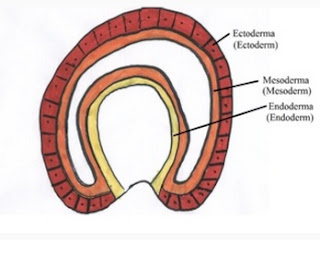The plant cell

1- Nucléolo ( Nucleolus) 2- Núcleo (Core) 3- Cloroplasto (Chroloroplast) 4- Vacúolo (Vacuole) 5- Complexo de Golgi (Golgi Complex) 6- Amiloplastos (Amyloplasts) 7- Mitocôndria (Mitochondria) 8- Membrana Plasmática (Plasma Membrane) 9- Lisossomo (Lysosome) 10- Retículo Endoplasmático (Endoplasmatic Reticulum) 11- Citoplasma (Cytoplasm) 12- Ribossomo (Ribosome) The plant cell has the presence of the outer cellulose cell wall that gives the defined shape. In addition, it has a large vacuole that contains water and dissolved substances, another feature is the presence of plastids, among them the chloroplasts responsible for photosynthesis. Colorless plasters and leucoplasts can also be found with the storage function. References: SCHWAMBACH, C; SOBRINHO, G. C. Animal and Plant Research. 1st edition. Editora Érica, 2015. 192 p.





